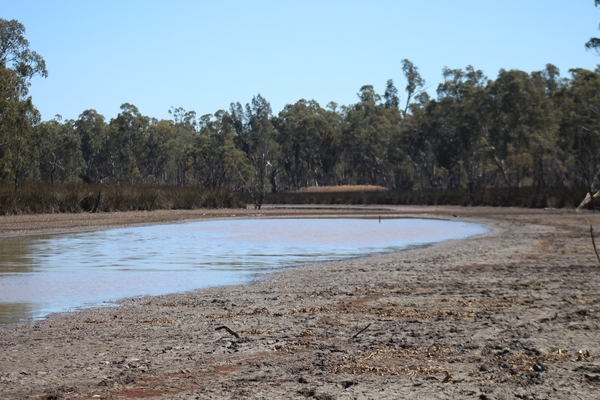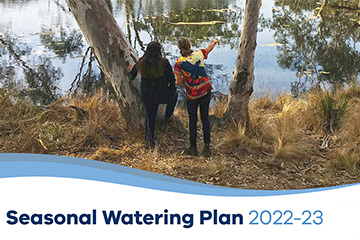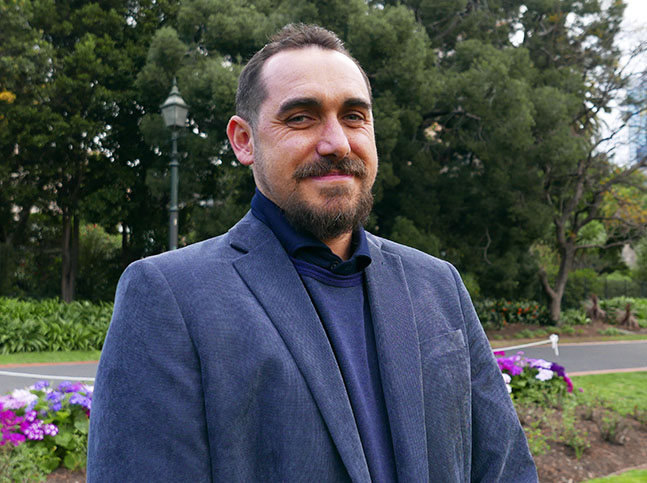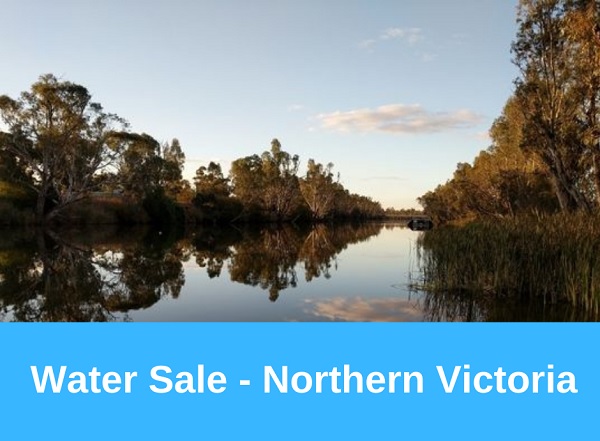Why do we water when it’s dry?
14 October 2019
In dry years, environmental watering is critical protection for our waterways, so they can survive to bounce back when dry conditions ease.
Drought puts an added pressure on the environment, which is already struggling from the effects of ongoing water extraction and the impact of dams and weirs constructed right across our waterways. Without these dams and weirs, many wetlands and floodplains would have flooded naturally in most years, even during dry times. Without environmental watering, our high-value rivers and wetlands simply would not survive this combined pressure of river regulation, water extraction and drought.
In drought years, environmental watering focuses on only the highest priority sites and seeks to prevent catastrophic losses and maintain critical refuge habitats to prevent significant declines of Victoria’s native populations. Due to the current dry conditions, sites that would have received water for the environment are assessed to see whether it is appropriate for them to remain dry.
We understand people are facing financially and emotionally tough times with the current dry conditions, particularly in northern Victoria. It’s important to find the balance so both our community and environment can recover when the dry conditions ease.
A healthy environment underpins healthy communities, and in dry conditions, waterways and wetlands are a haven for plants and animals, as well as people. In some cases, we have legal and international obligations to keep priority, high-value ecosystems alive.
So why do we put water into the environment when nature, and regulation of rivers, has turned off the tap?
Rivers and wetlands get dry naturally and it’s important to understand why we water these areas especially in times when there is strong competition for water.
During dry years, environmental flows are needed to sustain parched wetlands and rivers and refresh stagnant pools. However, when water becomes scarce, some people question why we still release water for the environment at the same time water is needed for general consumption and irrigated farming.
The artificial drought
Rain or shine, many of Victoria’s rivers, floodplains and wetlands constantly experience an artificial drought. This is because Victoria’s waterways have continued to be modified as the population has grown, to provide water for food production, towns and industry. The water in rivers is now pooled up in water storages and flow is controlled by weirs and other mechanisms. In some rivers, up to half of the water that would have naturally flowed in them is removed each year for farms, homes and businesses. Water for the environment programs attempt to make up some of the difference, in amount and duration, between what is and what was. This is done whilst recognizing we are not trying to restore our rivers to pristine condition, but rather, trying to ensure that priority values are maintained.
Even when it’s wet, rivers and wetlands get less water than they would naturally. The impact of this is far greater when it’s dry, which can mean real problems for our waterways and the plants, animals and communities that rely on them.
Protecting critical refuges and maintaining key functions
The VEWH shares community concerns about water scarcity and supply during dry conditions. We keep a close eye on climate predictions and weather conditions through the seasons to make the most of any water used to protect our environment.
An extensive amount of planning goes into preparing for drought, dry, average and wet scenarios. In the same way rainfall patterns influence how people water their gardens or paddocks, different climatic conditions influence how we manage water for the environment. These plans are periodically reviewed and revised with specific consideration on how climate change will affect current environmental values and the types of outcomes that can be achieved in the future.
In any given year, the need for environmental flows, as outlined in the annual seasonal watering plan, can be higher than the available water. Therefore, it is important to consider where water is most needed and how it can be used most efficiently to achieve the best environmental outcomes.
In drought years, the focus is on preventing catastrophic losses and maintaining critical refuge habitats to prevent significant declines of Victoria’s native populations. If we can keep these refuges alive, they can recover and ‘bounce back’ when drought times ease.
Many sites are not watered during drought years. For example, in the Mallee CMA region, of the 900 wetlands on the Murray River floodplain, only 15 wetlands will receive water during spring 2019.
In dry years, the focus is on maintaining all ecological functions within the environment and ensuring that plants and animals do not stay dry for longer than they can withstand.
Modelling has shown that under natural conditions, without dams and weirs, many areas would have flooded naturally in most years, even during dry times.
A healthy environment underpins healthy communities, and in dry conditions, waterways and wetlands are a haven for plants and animals, as well as people.
Building on the good start
To build a strong, healthy environment, water for the environment may be delivered to build upon the benefits the wet previous years have provided. One wet year does not make the environment healthy. It’s nature’s way of providing a boost. It is essential that good follow up in the proceeding years are carried out to build on the gains made and to ensure the benefits from the past watering aren’t lost. The best outcome for the environment is when these good follow up years bridge the gap between floods.
As dry conditions throughout winter and a forecast of a dry spring and summer ahead, water for the environment will need to be delivered across the landscape, to rivers, wetlands and floodplains.
Watering priority sites now will help important wetlands and rivers prepare for what could be a continuation of hot, dry conditions.

Further Information
For further information please call
03 9637 8951 or email
media.queries@vewh.vic.gov.au


